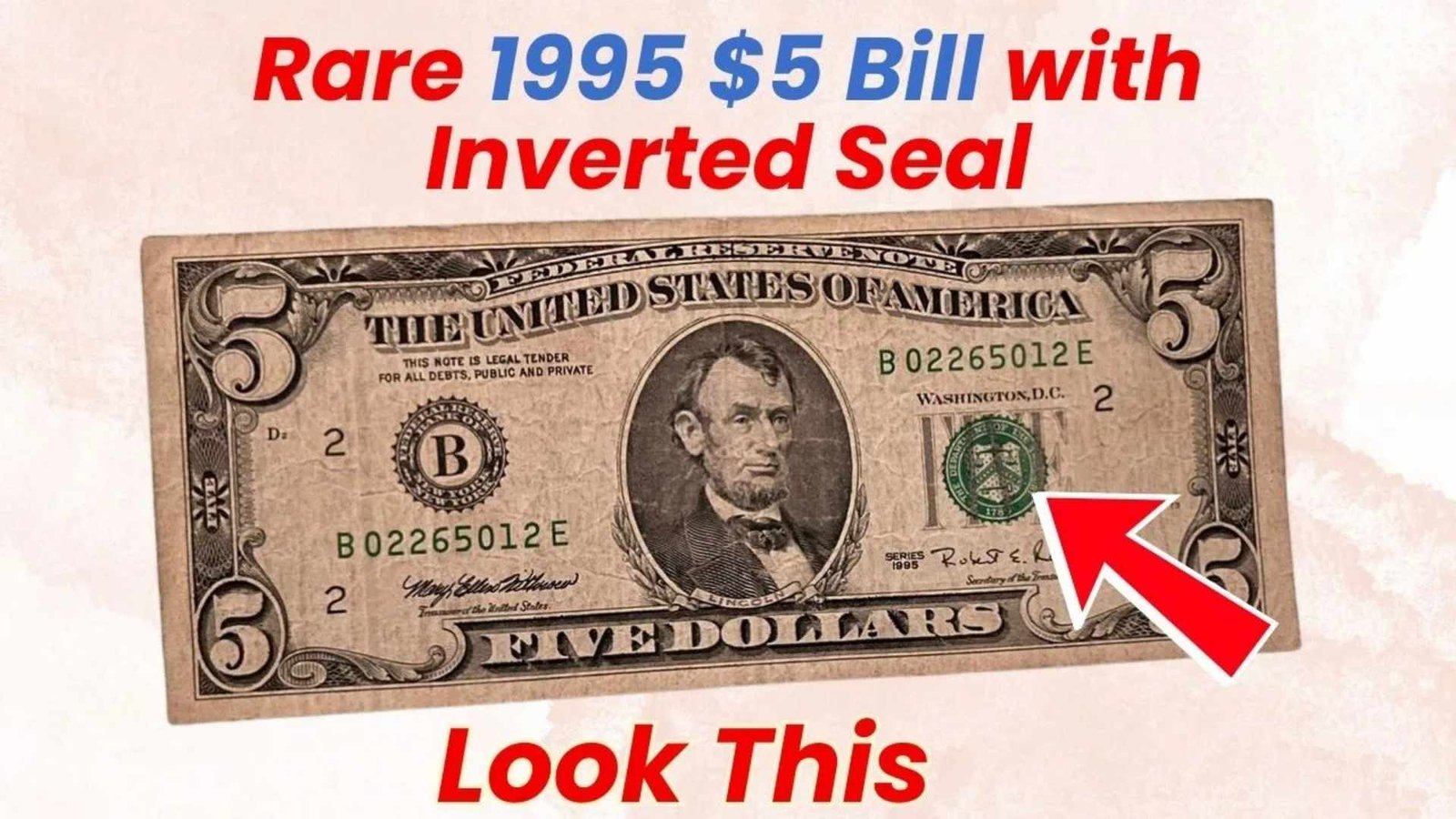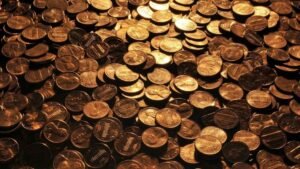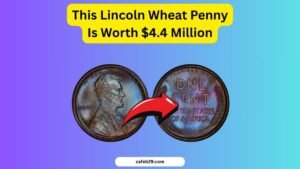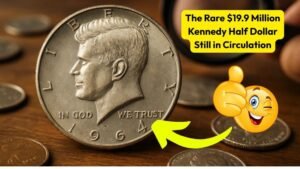Imagine pulling out a crumpled $5 bill to pay for coffee… only to realize it’s worth hundreds — even thousands — because of one tiny printing error. That’s the thrill behind the rare 1995 $5 bill with an inverted seal.
What Is the 1995 $5 Bill with Inverted Seal?
This isn’t your average fiver. A printing error at the U.S. Bureau of Engraving and Printing caused the red Treasury seal on some 1995 $5 bills to be printed upside down. While easy to miss, collectors prize such mistakes — and they can be worth a fortune.
The Surprising History of the Inverted Seal
The inverted seal error is a product of the multi-stage bill printing process. Each note is printed in several passes, and a single misalignment can flip the seal. Most errors are caught before circulation, but in 1995, a batch slipped through — creating one of the most sought-after currency misprints in modern history.
| Feature | Standard 1995 $5 Bill | Inverted Seal 1995 $5 Bill |
|---|---|---|
| Seal Position | Upright | Upside-down |
| Collector Value | Face value ($5) | $150–$3,500+ |
| Rarity | Common | Extremely rare |
Why It’s Valuable Today
Collectors love scarcity, and printing errors like the inverted seal are exceptionally rare. The value depends on condition, serial number, and demand — but even a circulated bill can bring in hundreds. Crisp, uncirculated examples can sell for several thousand dollars at auction.
How to Check If You Have One
Lay your bill flat and inspect the red seal to the right of Lincoln’s portrait. If it’s perfectly inverted (rotated 180°), you may be holding a small fortune.
| Condition | Estimated Value Range |
|---|---|
| Circulated (Good) | $150–$500 |
| Almost Uncirculated | $500–$1,500 |
| Crisp Uncirculated | $2,000–$3,500+ |
Notable Facts About This Rare Find
- The inverted seal error can happen on other denominations, but the 1995 $5 bill is the most famous recent example.
- Professional grading from services like PMG or PCGS Currency can increase your bill’s market value.
- Many counterfeit “inverted” bills are altered after printing, so authentication is crucial.
Expert Tips for Spotting and Selling
- Always verify authenticity before selling — a reputable currency dealer or grading service is a must.
- Avoid folding or handling the bill unnecessarily to preserve condition.
- Check online auction results for current market trends before pricing.
FAQs
Q: Can a folded seal be mistaken for an inverted seal?
Yes — only a perfectly centered 180° rotation is genuine.
Q: Where can I sell one?
Try major auction houses, currency shows, or trusted online marketplaces.
Q: Are all 1995 $5 bills with misprints valuable?
No — only those with rare, verified errors like the inverted seal fetch big money.
Conclusion
The 1995 $5 bill with inverted seal proves hidden treasures can lurk in plain sight. A quick glance at your cash could uncover a valuable piece of history — and a serious payday. So next time you open your wallet, take a closer look. The upside-down seal could turn your $5 into $3,500.




